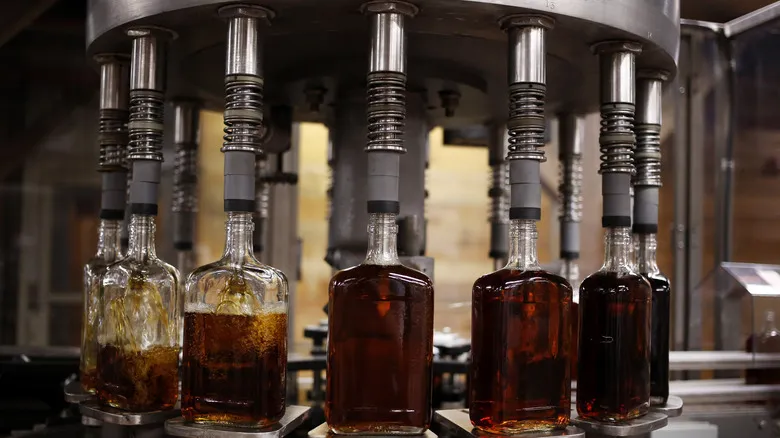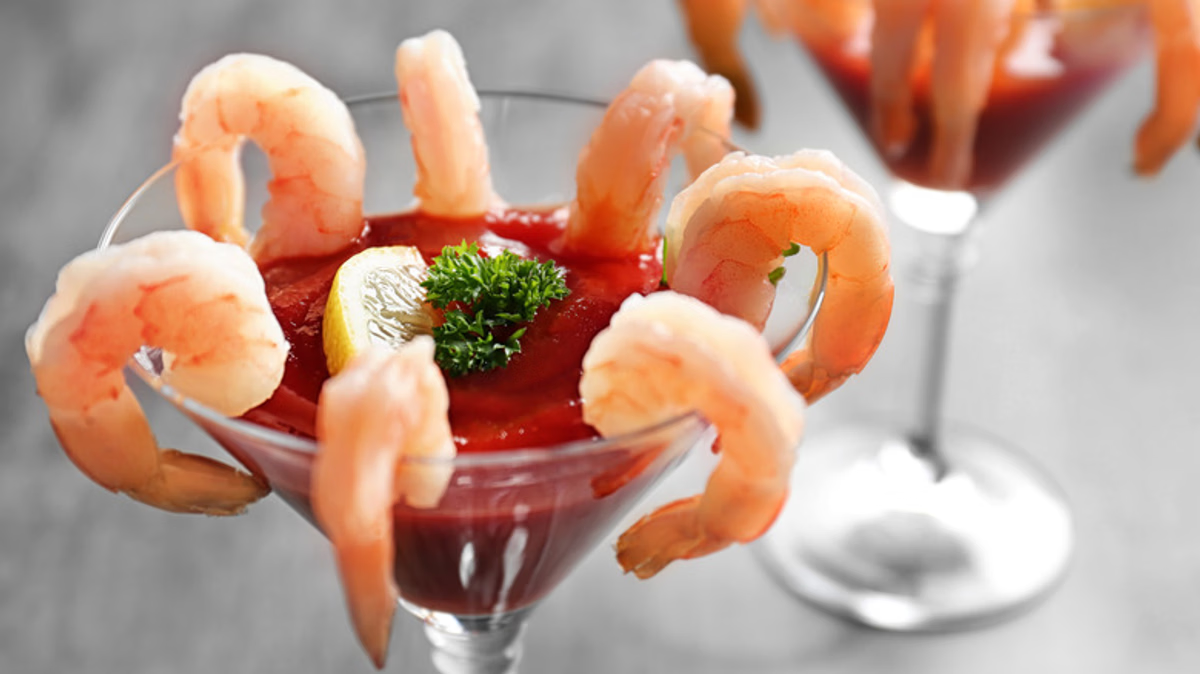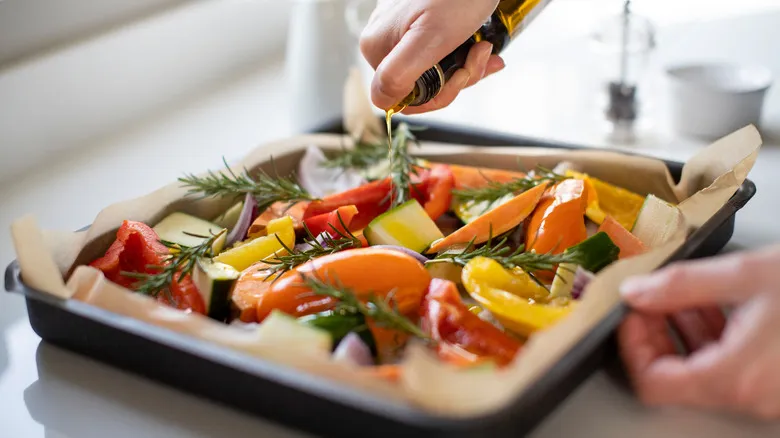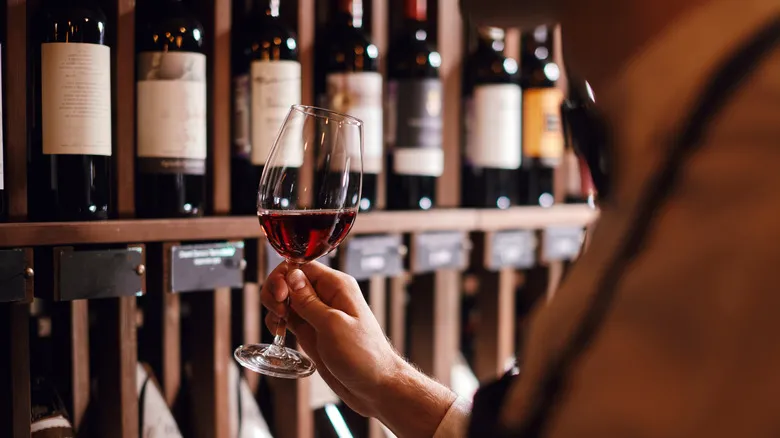The science behind how many bottles come from a barrel
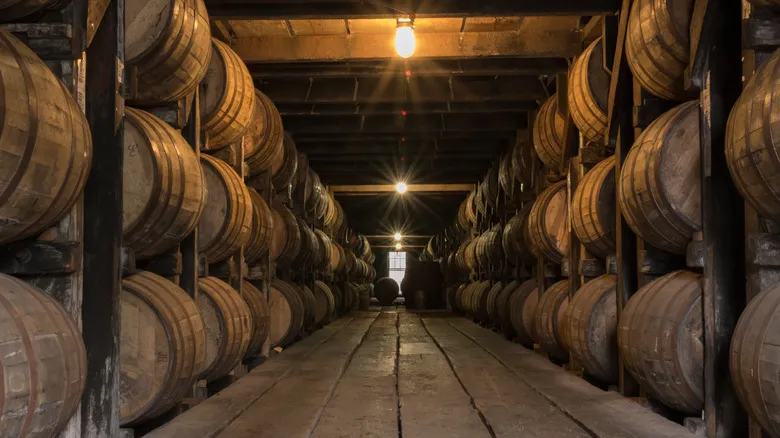
The longer bourbon matures in the barrel, the fewer bottles are produced, as some of the liquid evaporates over time—a phenomenon known to distillers as "the angel's share." Bourbon barrels are kept in rickhouses that lack climate control, exposing them to the sweltering summers and cold winters of Kentucky. Because the barrels are not completely sealed, a portion of the bourbon evaporates, particularly during the hot summer months. Consequently, the older the barrel, the less bourbon remains inside.
Another element that affects the number of bottles produced from a single barrel is the proof, or alcohol by volume. When a barrel is opened, the liquid inside has a very high alcohol content. While different brands have their own methods, bourbon is typically diluted with water to reach a standard proof of around 80 to 100. A higher proof results in fewer bottles, as more straight bourbon from the barrel is included in each bottle. By diluting the bourbon with water to lower the proof, it’s possible to yield over 200 bottles from a single barrel. So, the next time you pick up a bottle of your favorite bourbon, keep in mind that the complex process took years to complete before it reached the liquor store shelf, and there are only about 200 other bottles in existence that are exactly like the one you’re about to savor.
Recommended
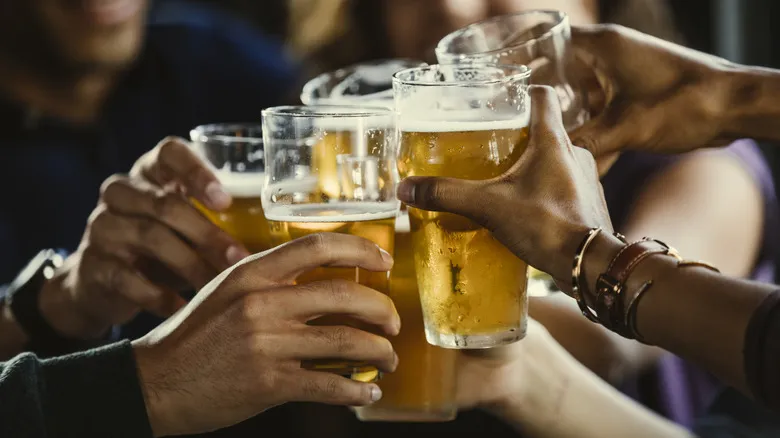
The State That Drinks The Most Alcohol Is Also One Of The Smallest
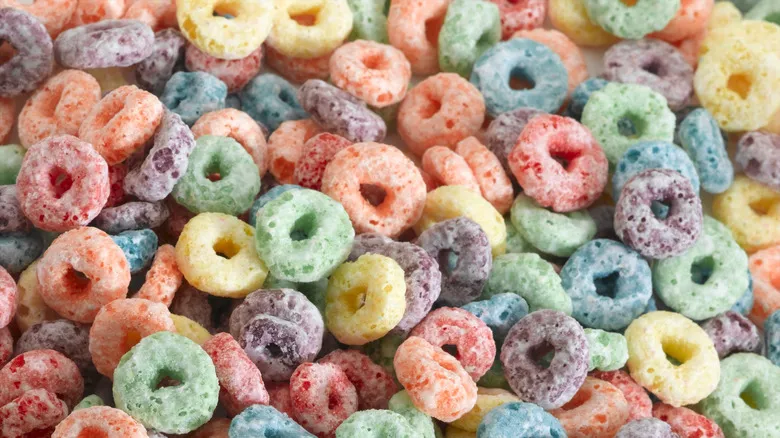
Cereal-Infused Vodka Is A Game Changer For Sweet, Delicious Drinks
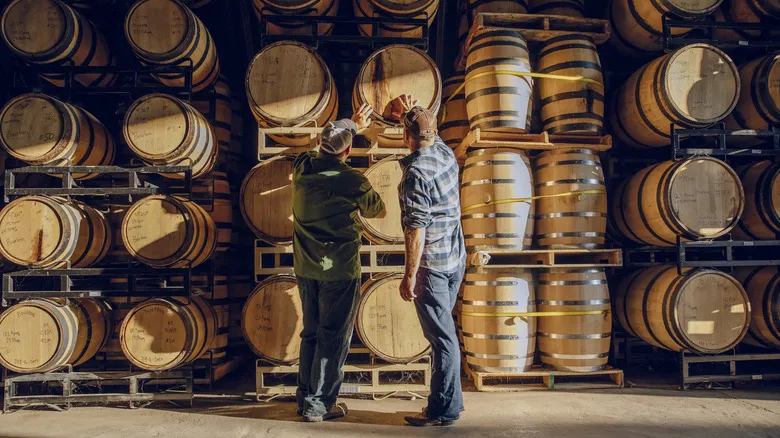
What Barrel Pick Whiskey Really Means
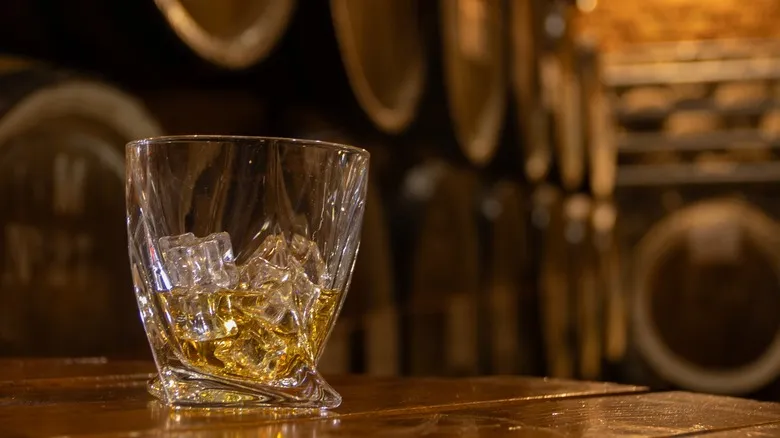
The Reason Whiskey Has Aging Laws
Next up

